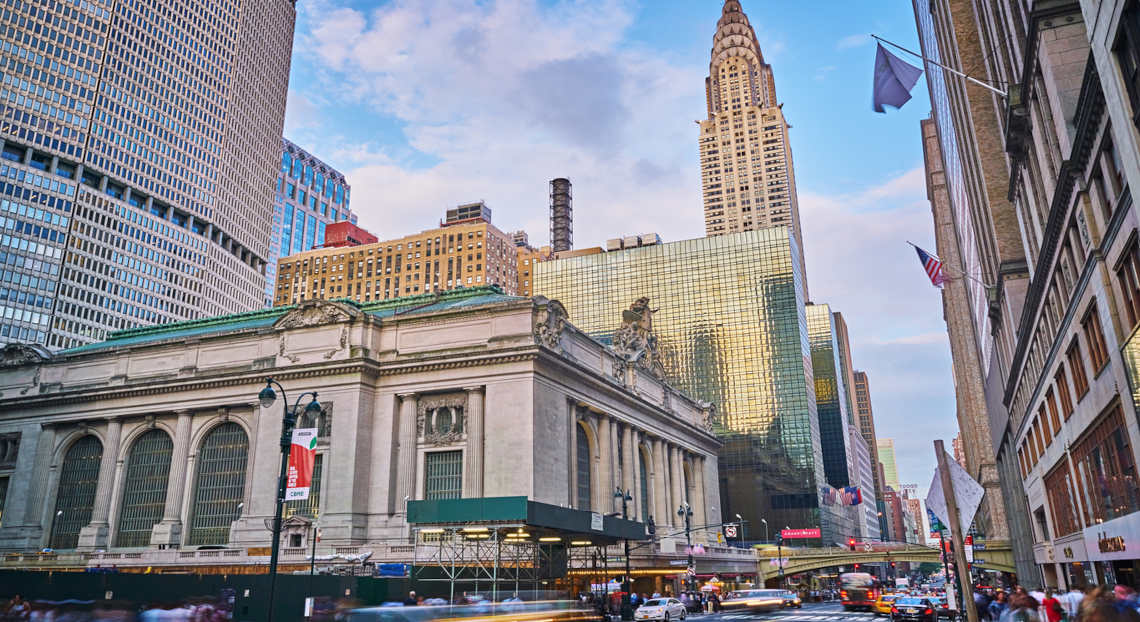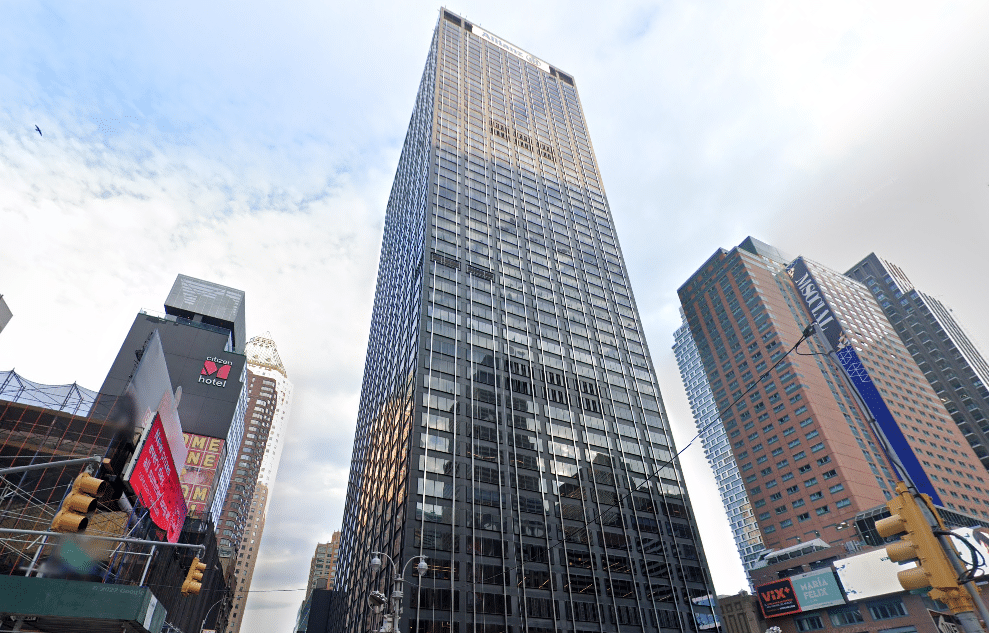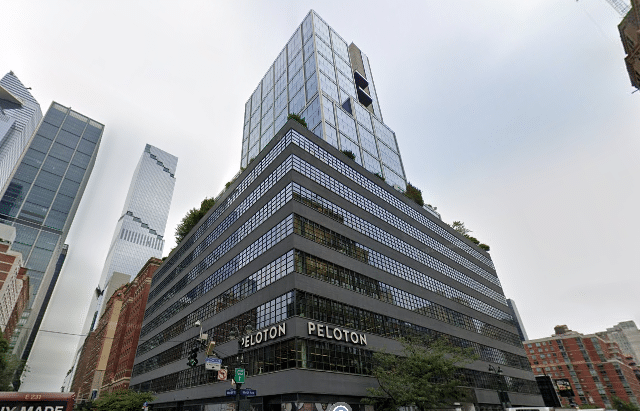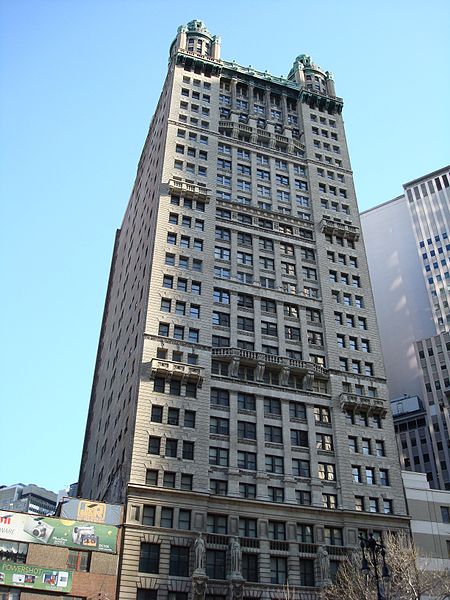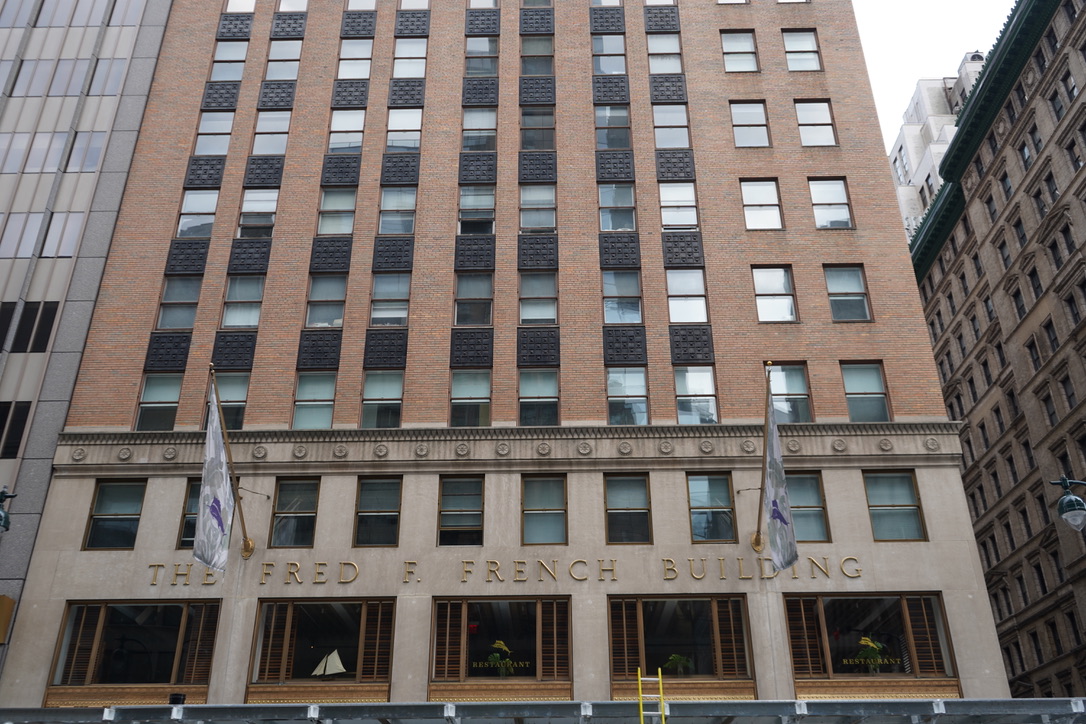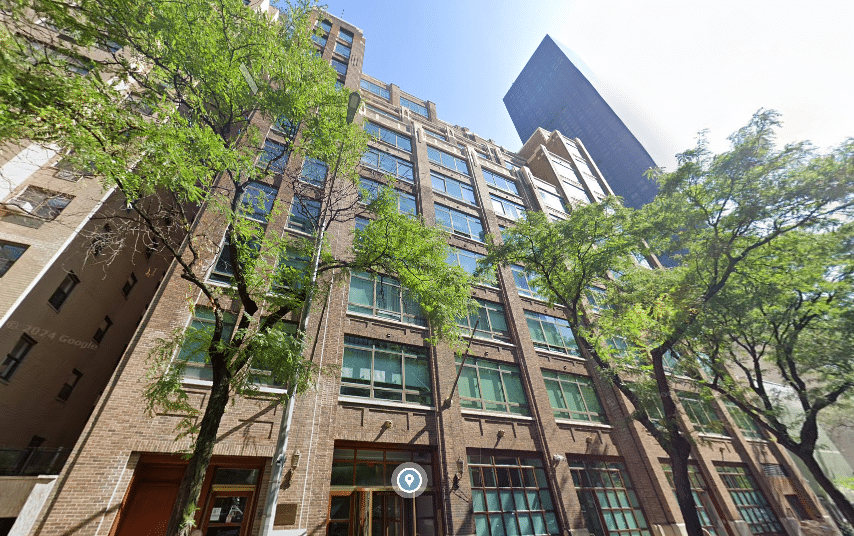The world understandably continues fixating on the Ukraine crisis and the pandemic. However, many landlords, brokers, and businesses closely follow another story that may bring sweeping changes to Manhattan real estate. The story? The highly-anticipated opening of the new Long Island Rail Road station beneath Grand Central Terminal.
After fifteen long years of construction worth $11 billion, the project finally nears completion by the end of the year. Not only could this new terminal not reduce pressure on Penn Station and save commuters time. Rather, it could signal Midtown East’s long-awaited rebirth.
What Makes This New Terminal So Exciting
Grand Central’s new LIRR station represents a significant development that will profoundly impact the Manhattan real estate landscape. The station will be crucial in accommodating the expected increase in ridership, providing faster, more efficient, and more convenient access to the Midtown East area.
The LIRR terminal boasts a 350,000-square-foot commuter corridor as part of the One Vanderbilt office tower and 25,000 square feet of brand-new retail space. Most excitingly, the terminal includes four new platforms and eight tracks, adding much-needed capacity to the city’s transport infrastructure.
Once the new terminal opens by the end of this year, it will relieve pressure on Penn Station, redirecting around half of the LIRR commuters to Midtown East. This shift will save approximately 40 minutes of travel time for those working there. Of course, commuters traveling to the West Side can still use the old station. Still, Grand Central will provide a crucial backup transportation option when tunnels at Penn Station are closed.
Despite the LIRR experiencing only half of its pre-pandemic ridership, recent market research suggests that ridership may soon increase. For example, a CBRE report shows malls already see more foot traffic than before COVID. Additionally, more workers should begin returning to offices in the coming months. With the new LIRR station, the city will be well-equipped to handle the expected influx of commuters, providing a seamless and efficient transport network.
The New LIRR Station Could Accelerate Grand Central’s Revitalization
The grand opening of the new LIRR station at Grand Central presents a meaningful opportunity to expedite the region’s recovery and infuse a Wall Street vibe into the area. With the influx of finance and law companies previously based Downtown relocating to Midtown East, the station’s opening could accelerate this trend further.
The relocation of these businesses to Midtown East could transform the submarket’s economic landscape, revitalize its economy, and generate increased demand for commercial real estate.
Midtown East is an attractive location for businesses and employees. Numerous transit options and affordable rates for Class A office space, are just some of the reasons why.
Moreover, the area is evolving to offer a more pleasant pedestrian experience. Thanks to the Grand Central Partnership’s substantial investments, public spaces have undergone significant renovations in recent years. With infrastructure upgrades resuming after pandemic-related pauses, Midtown East could see further growth and development.
A recent proposal aims to redesign an 11-block corridor along Park Avenue, incorporating more green space, from East 46th to East 57th Street. This move will complement the area’s already plentiful amenities, such as parks and outdoor recreational areas, creating an even more pleasant environment for pedestrians.
Grand Central Attracts a Variety of Tenants
The variety of businesses flocking to Grand Central highlights its versatility and appeal.
In January, golf retailer Club Champion, leased over 5,000 square feet for its flagship store at 220 East 42nd. Seattle-based asset manager Russell Investments also secured a space at 575 Fifth Avenue conveniently located near the terminal.
In addition, Filipino fast-food chain Jollibee is set to join the area by the end of the year. Although the asking price for the ten-year lease was $230 per square foot, higher than pre-pandemic prices that ranged from $100 to $1,000 per square foot, the final amounts for these transactions remain undisclosed.
Despite the current uncertainties surrounding office return dates, new tenants may have the opportunity to negotiate favorable deals. Newer buildings, particularly, are highly motivated to lease vacant space, attracting remaining office tenants from nearby older Class A buildings and those seeking a substantial upgrade from Class B buildings.
Given the current climate, companies have become cautious about signing new leases, which has led landlords to respond by offering more incentives to induce tenants to sign. These incentives include more free rent, increased build-out allowances, and reduced rent.
As a result, new tenants can secure attractive terms and incentives, especially in newer buildings. With the potential for favorable deals and a thriving environment for businesses, Midtown East is well-positioned to continue attracting diverse tenants and growing its already vibrant economy.
An Uneven Recovery
As more people return to in-person work, the new Long Island Railroad station at Grand Central should increase foot traffic to retail spaces. This uptick in foot traffic will likely increase demand for these spaces, leading to higher retail rents.
However, the recovery in Manhattan’s commercial real estate is not uniform across all property types. As reported by The Real Deal, the average age of commercial buildings in Manhattan is 68 years, with only 1 in 10 office properties built after 2000.
Unsurprisingly, modern, spacious buildings with updated amenities, larger elevators, and more efficient air filtration systems are rare. Thus, new class A offices and retail spaces are in high demand, and have lower vacancy rates than older, heavily mortgaged, and undercapitalized class B and class C buildings. Additionally, S&P Global reveals that roughly 30% of Manhattan’s total office inventory are class B and class C buildings.
To remain competitive, landlords with older buildings may need to invest in updating their properties to attract new tenants. In addition, they may have to modernize infrastructure, enhance amenities, and improve energy efficiency. With the uneven recovery, property owners and developers must adapt strategically and proactively to changing market demands.
The Garment District Remains Attractive
Despite businesses moving to Midtown East, Penn Station, and the Garment District could still attract tenants. Demand has declined, but the West Side still offers long-term benefits.
For one, a Penn Station-specific redevelopment plan is gaining attention. The proposal includes eight acres of public spaces, including a plaza the size of Rockefeller Center. Former Governor Cuomo introduced the initiative. Prominent New York City landlord Vornado, who owns five sites near Penn Station, also supports it.
However, some project opponents argue that the city should prioritize affordable housing over commercial office towers. Although the final say is still unclear, Governor Hochul supports redevelopment. In the past, she’s expressed her intense dislike for the current state of Penn Station, once comparing it to a haunted house.
Redevelopment of Penn Station to Take At Least a Decade
Projections predict a decade-long redevelopment for Penn Station that will cause significant traffic and disruption. Unfortunately, this will likely hinder the recovery of the surrounding areas, such as the Garment District.
To offset the slowdown, some commercial landlords in the area are converting their office buildings into condominiums. Despite the short supply of smaller commercial condos and coops, there has been robust demand in NYC.
Additionally, most newly proposed construction projects in the area include residential units. For instance, the recently announced 69-story mixed-use skyscraper on West 37th Street.
Interestingly, we saw a similar drop in demand on Second Avenue not too long ago. Some tenants moved out during the construction of the new Q train stops. However, once the Q line extension became operational, interest in the area immediately increased.
Variety of Architecturally Interesting Commercial Buildings
The Garment District, Penn Station, and surrounding areas have architecturally interesting commercial buildings, including affordable loft buildings and high-end buildings like 450 Seventh Avenue and 1 Penn Plaza. These buildings offer amenities and easy access to the PATH train. In leasing activity, amenities and transportation remain priorities.
Class A buildings around Penn Station will likely remain in favor despite ongoing redevelopment efforts. However, other properties face ongoing uncertainty, leading landlords to offer better deals to tenants by dividing larger spaces or exploring non-traditional uses like healthcare or life sciences. Landlords may need to be flexible and creative in attracting and retaining tenants as they navigate the uncertainty.
The Key Takeaway
The new Long Island Railroad station will change Manhattan’s commercial real estate market. It offers faster, more efficient access to Midtown East, attracting new businesses and tenants, contributing to the region’s recovery. The opening of the new station is a significant step forward for Manhattan’s commercial real estate industry, despite potential challenges.
